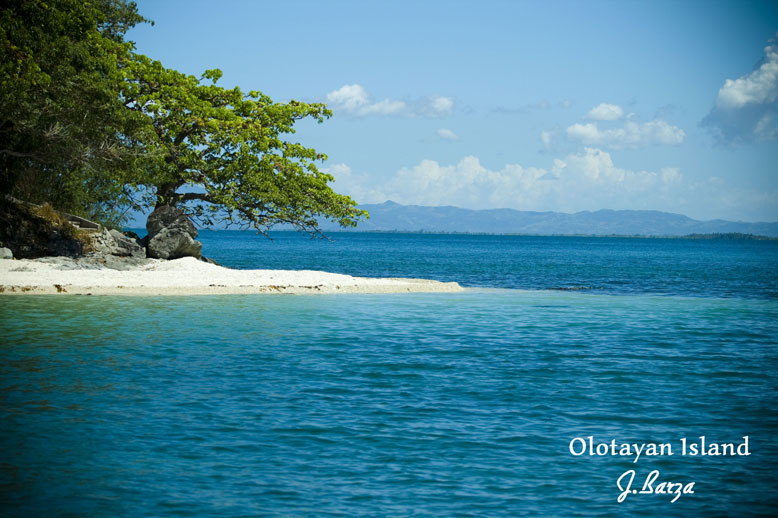The Diocese of Captivaitng Capiz was created on January 27, 1951 and was elevated to an archdiocese on January 17, 1976. It now comprises the civil province of Capiz and Roxas City and has Kalibo and Romblon as suffragans. Capiz has a population of 652,809, of which 90 per cent are Catholics. Capiz is one of the provinces on the island of Panay.  It is part of a group of provinces forming the Western Visayas group now comprising Region VII. On Panay Island, Capiz is bounded on the south and on the east by the province of Iloilo, on the west by Antique, on the northwest by Aklan and on the north by the Sibuyan Sea.
It is part of a group of provinces forming the Western Visayas group now comprising Region VII. On Panay Island, Capiz is bounded on the south and on the east by the province of Iloilo, on the west by Antique, on the northwest by Aklan and on the north by the Sibuyan Sea.
The early history of Capiz is closely associated with that of Aklan. Both were called Aklan under Datu Bankaya who, with ten other datus from Borneo settled in Panay in the 13th century. Aklan was ruled by the descendants of Bankaya until the Spaniards arrived in 1569. Miguel Lopez de Legaspi is reported to have established a settlement in Capiz and made it an independent encomienda.
The entire island of Panay was under the leadership of Datu Sumakwel who is remembered in Philippine history as the wisest of the group of datus from Borneo who bought the lowlands with gold from the Negritos. The so called Code of Kalantiaw, a code of laws in pre-Spanish times, also originated from Panay, presumably made by Datu Kalantiaw, descendant of Sumakwel.
The separation of Aklan from Capiz took place in 1956. Today Capiz is a prosperous province with an oversupply of rice, enough sugar production, and more than enough fish harvested from its 80-kilometer coastline. Most of the inhabitants speak Hiligaynon, a kind of Visayan with a distinct accent.
In the seminars, which the archbishop himself initiates, updating and renewal in the faith are emphasized. Sacred Scriptures are being presented as an all-important factor in the renewal and maturing of the faith. The documents of Vatican II, the Code of Canon Law, tile pronouncements of the Holy Father and the pastoral letters of the CBCP, most specially the documents and decrees of the Second Plenary Council of the Philippines, are given the importance due them and are disseminated among the clergy and laity.
Decrees, encyclicals, exhortations coming from the Vatican, and pastoral letters and guidelines from the CBCP are reprinted and translated into the local dialect for distribution to all priests for further dissemination to the laity.
There are 85 priests and 54 religious sisters ministering to the needs of the 22 parishes, 1 quasi-parish and 4 chaplaincies. Catholic institutions in the archdiocese, aside from a seminary and Catholic schools, include an orphanage, a home for the aged, and a hospital. The number of BEC's and faith communities have now come up to 763.


 It is part of a group of provinces forming the Western Visayas group now comprising Region VII. On Panay Island, Capiz is bounded on the south and on the east by the province of Iloilo, on the west by Antique, on the northwest by Aklan and on the north by the Sibuyan Sea.
It is part of a group of provinces forming the Western Visayas group now comprising Region VII. On Panay Island, Capiz is bounded on the south and on the east by the province of Iloilo, on the west by Antique, on the northwest by Aklan and on the north by the Sibuyan Sea.